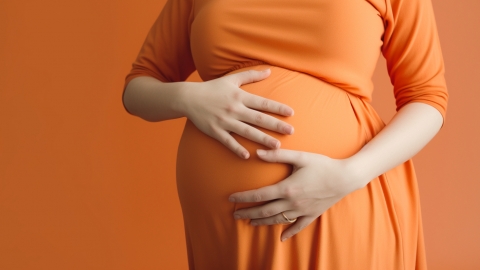What causes the stabbing pain in a perineal tear or episiotomy wound after vaginal delivery?
Generally, a stabbing pain in the perineal incision site after vaginal delivery may be caused by normal healing processes, local friction or irritation, wound infection, hematoma, or suture rejection. If the pain persists or worsens, it is advisable to seek timely medical evaluation and treatment at a reputable hospital. Detailed explanations are as follows:

1. Normal Response During Wound Healing
During wound healing, the growth of new blood vessels and nerve tissues can stimulate surrounding tissues, causing stabbing pain—especially noticeable during physical activity. Keep the wound dry and clean, wear loose and breathable clothing, avoid strenuous activities, and move slowly when standing up or sitting down.
2. Local Friction or Irritation
Tight clothing or rough sanitary pad materials can repeatedly rub against the wound, disrupting the local protective barrier and causing pain. Switch to soft, skin-friendly cotton clothing and sanitary pads, change hygiene products frequently, and minimize wound friction.
3. Wound Infection
Poor hygiene after childbirth may allow bacteria to enter the wound, triggering an inflammatory response characterized by stabbing pain, redness, swelling, and discharge. Under medical guidance, antibiotics such as amoxicillin capsules, cefuroxime axetil tablets, or metronidazole tablets may be taken. The wound should be disinfected with iodophor and kept clean and dry.
4. Wound Hematoma
Incomplete hemostasis during episiotomy can lead to blood accumulation (hematoma), which compresses surrounding tissues and causes stabbing pain. A firm lump may be felt upon touch. Small hematomas may be treated with cold compresses to promote clotting; larger ones may require surgical incision and drainage. Follow doctor's instructions for dressing changes post-procedure.
5. Suture Rejection Reaction
The body may react to the suture material with localized inflammation, leading to pain and discharge around the stitches. Under medical supervision, medications such as ibuprofen sustained-release capsules, acetaminophen tablets, or cefaclor capsules may be used. In some cases, surgical removal of the sutures may be necessary.
In daily life, maintain good postpartum hygiene by washing the external genital area daily, changing sanitary products frequently, choosing breathable materials, avoiding prolonged sitting or standing to reduce pressure on the wound, and eating a light yet nutritious diet to support wound healing.





